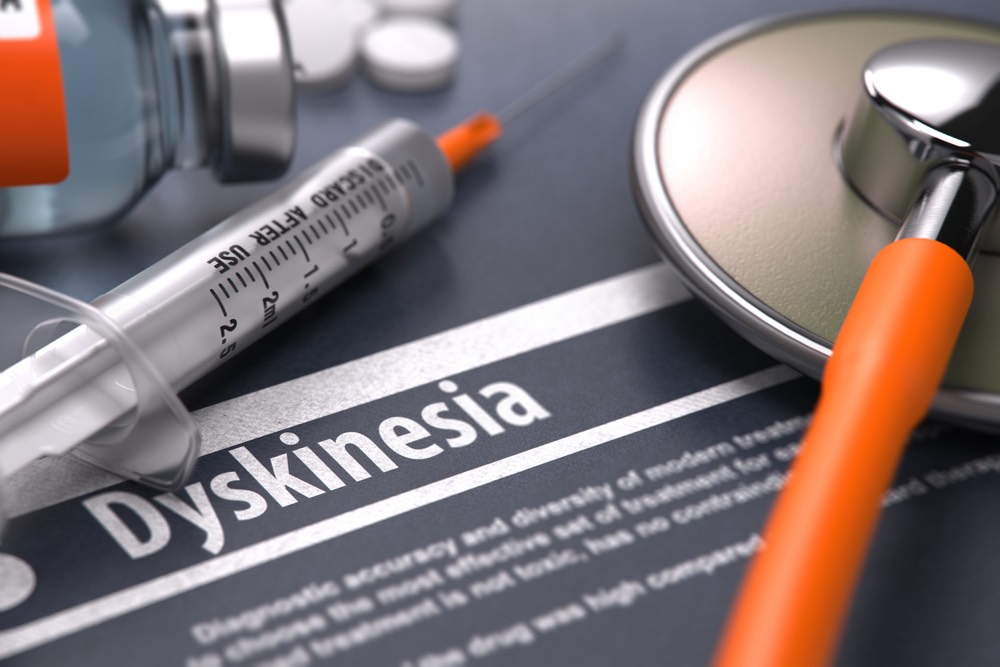
Treatment Options for Dyskinesia and Tremors
Parkinson’s disease is an incurable neuron-based problem that makes life for the affected people difficult. There are various treatment options for dyskinesia and tremors available to make life easier for them. However, they come with certain side-effects.
Combination of Carbidopa and Levodopa
The combination of these two medicines is used to treat tremors and is considered to be the most effective treatment of this disease. However, they also cause spontaneous movements called dyskinesia after prolonged use. They also cause side-effects such as nausea.
MAO-B inhibitors
Certain medications inhibit enzymes such as monoamine oxidase B (MAO B) to prevent the disintegration of the dopamine present in the brain. Such medicines include safinamide, rasagiline, and selegiline. They have powerful properties, and should not be used with other narcotics.
People can get hallucinations if they combine it with medicines like carbidopa, have sleeping problems and nausea.
Dopamine agonists
Doctors suggest the use of many dopamine agonists such as bromocriptine, apomorphine, rotigotine, ropinirole, and pramipexole who copy the features of the brain dopamines. These have long-lasting effects. Side-effects include changes in sleeping patterns, eating patterns and behavioral patterns as well as hallucinations.
COMT inhibitors
These subtly enhance the effects of levodopa by stopping the enzymes from breaking any of the dopamine down. The most commonly used inhibitor medicine in this medium is entacapone. Since the main component of this medicine is to increase the levodopa effects, the side-effects of this treatment option mirror them as well, e.g. the increase in dyskinesia probability. Another effect of this medicine is diarrhea.
Amantadine
Out of the different treatment options for dyskinesia and tremors, amantadine is one such drug that is used to treat both tremors and dyskinesia. It helps in decreasing the different side-effects such as stiffness and tremors. In later stages of the treatment, if dyskinesia is noticed, this drug is useful there as well. There are two main types of this medicine-Osmolex ER and Gocovri. Side-effects include purple skin, hallucinations, and ankle-swelling.
Medicines such as trihexyphenidyl or benztropine
Doctors sometimes prescribe anticholinergics such as trihexyphenidyl or benztropine to heal tremors, mainly among young people. Side-effects of these are constipation, memory loss, dry mouth, among others.
Propranolol
In the treatment of Parkinson’s disease, medicines such as InnoPran are prescribed for people with heart problems, high blood pressure or migraines.
Surgery
One of the main treatment options for dyskinesia and tremors is a surgical procedure called DBS (Deep Brain Stimulation). It is recommended by a doctor if the different medicinal remedies have proven ineffective, and can reduce many symptoms of the disease including stiffness all over the body, movement issues, tremors as well as dyskinesia.
In this procedure, the surgeon fits a small pacemaker-like device into the brain which aims at curbing the unnatural nervous signals that cause the various symptoms. This also ensures in reducing the problems of dyskinesia as the patient would not be required to use levodopa anymore. While most of the features are profitable, there are side-effects such as brain infection, bleeding, change in personality and issues with the implanted devices.
Overall, there are various treatment options for dyskinesia and tremors that are available. The most suitable treatment depends on person to person.



